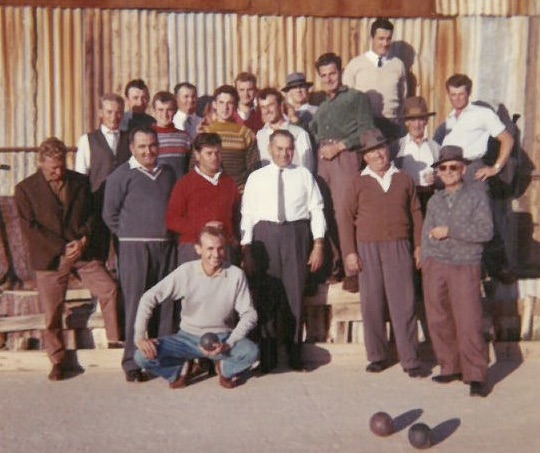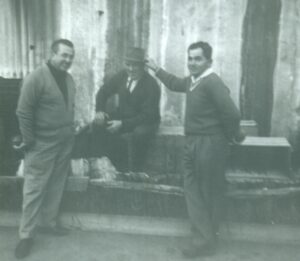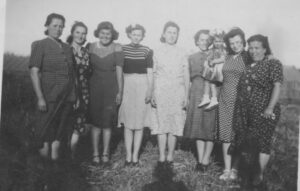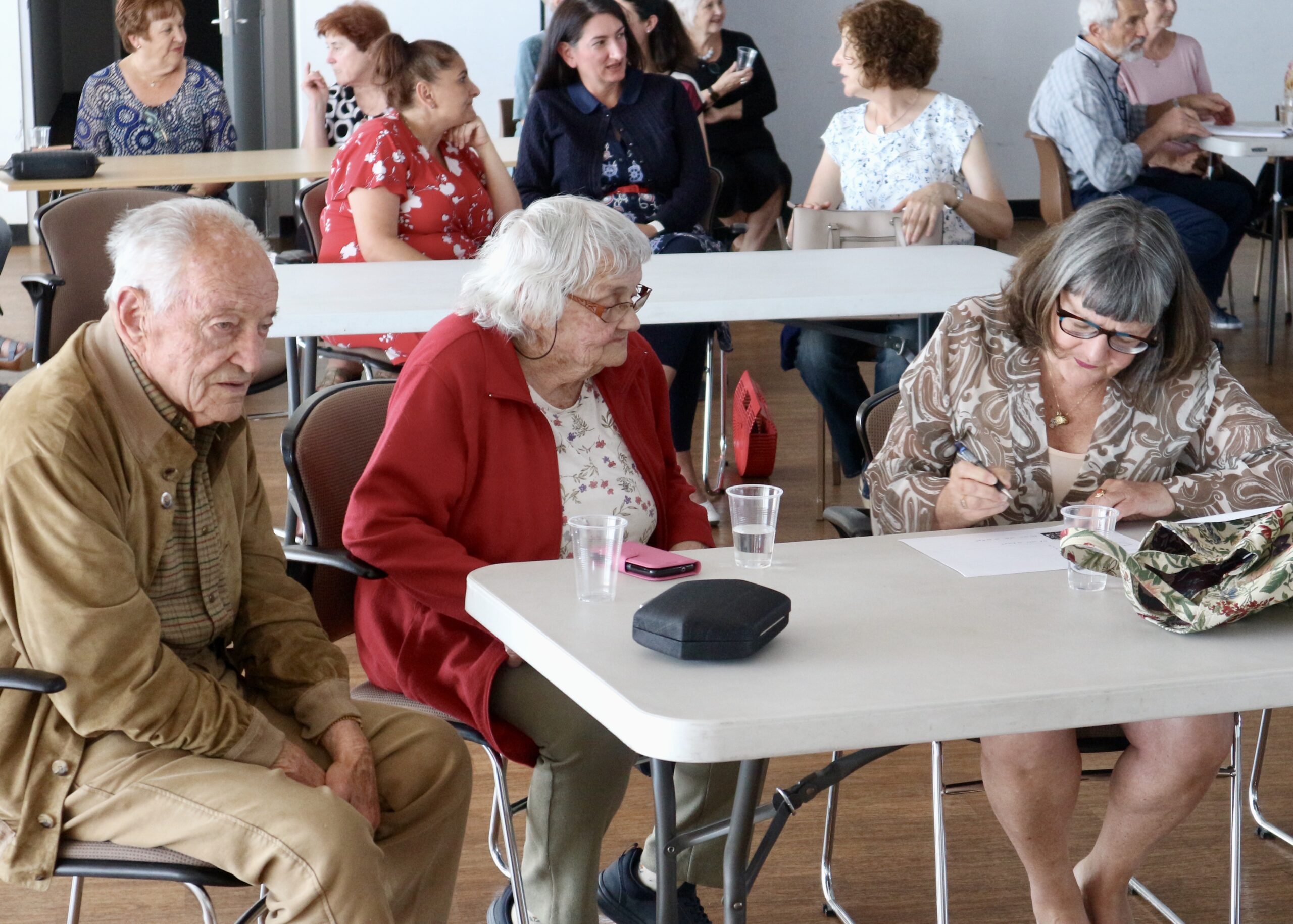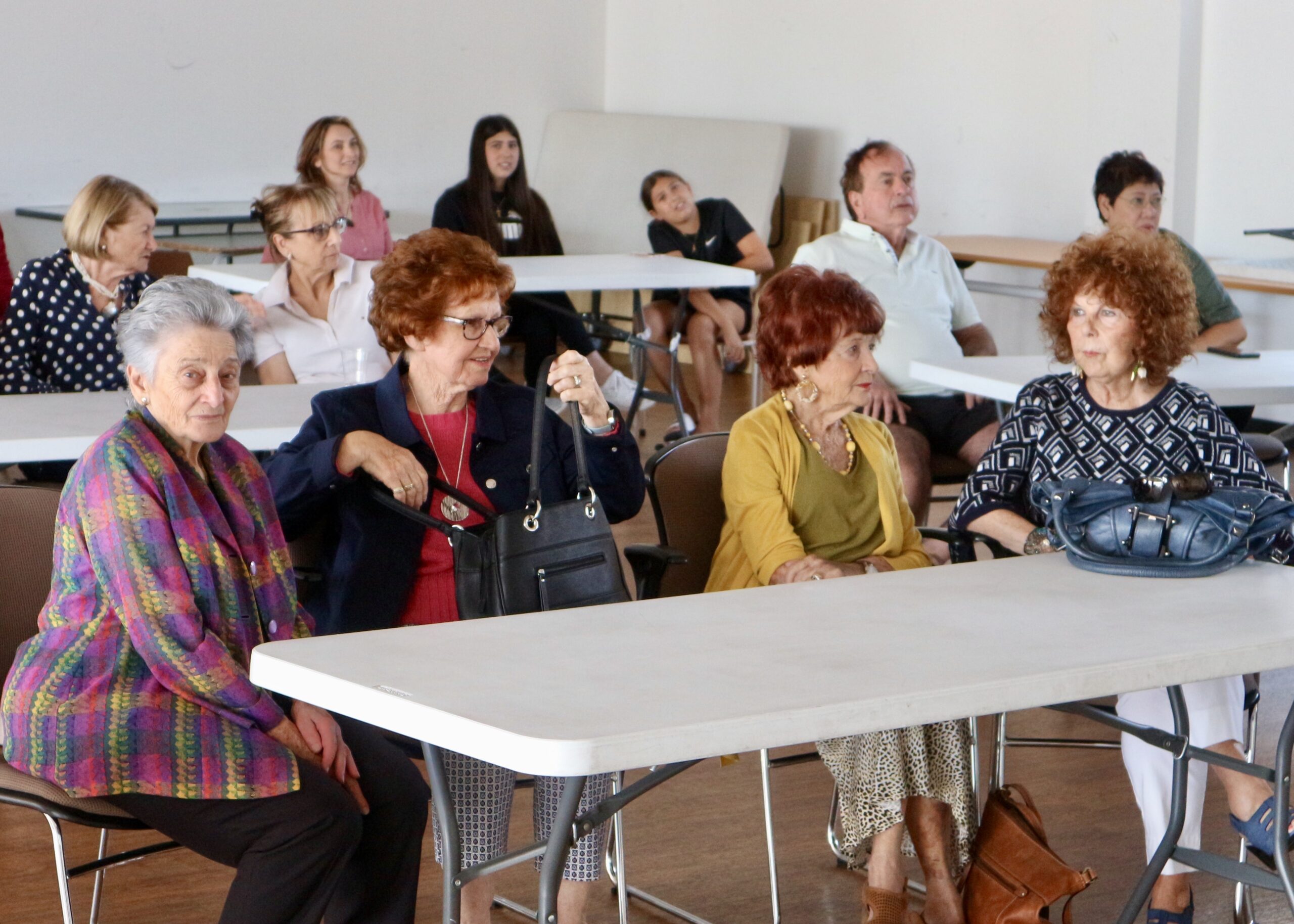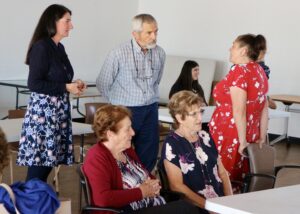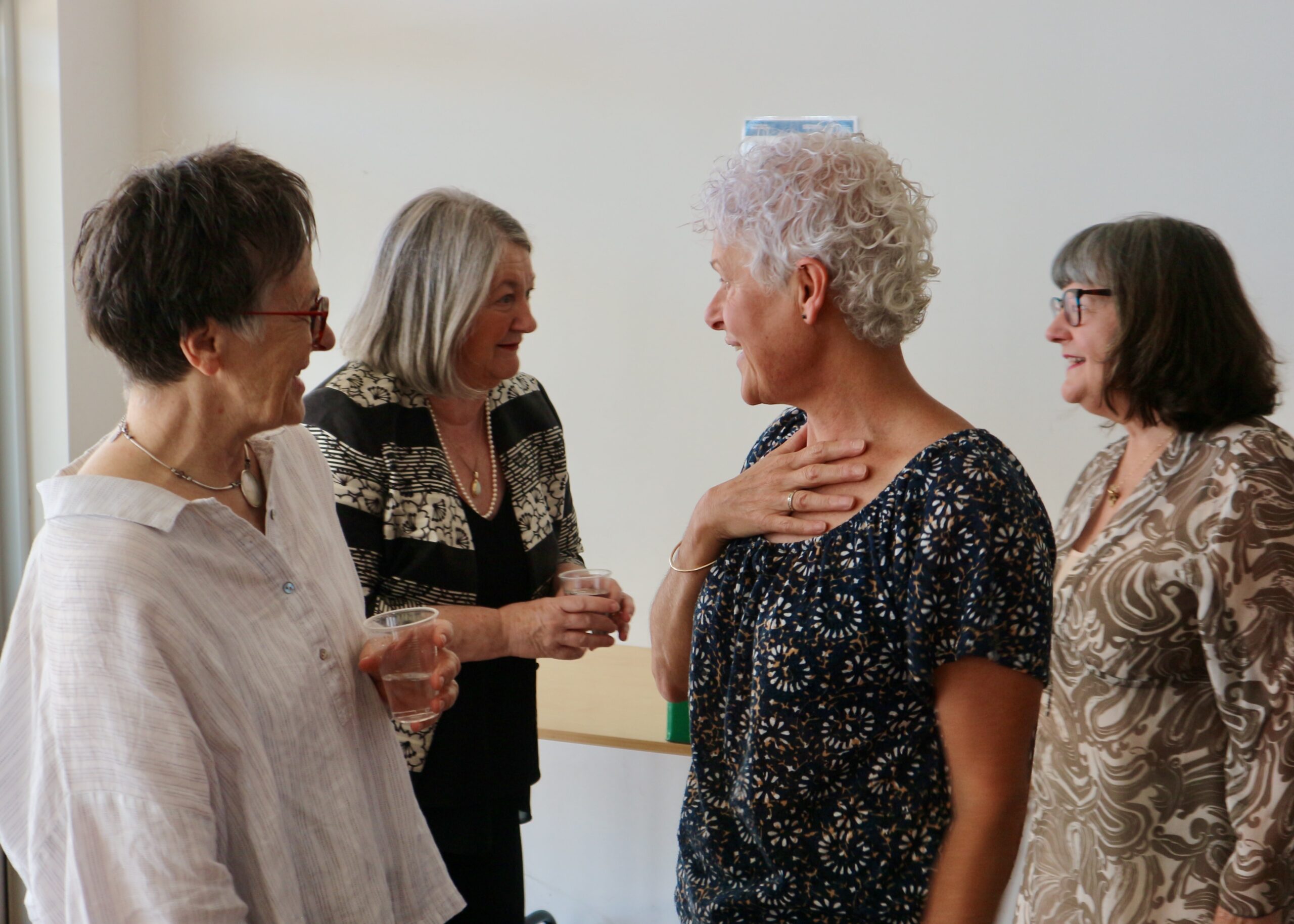This is the first of two blogs about Italian boarding houses in Adelaide.
There is a long tradition of newly arrived Italian migrants finding their first accommodation in boarding houses owned by Italian families. This was the case in Australia and other countries such as America, Canada, Argentina and Brazil where Italians emigrated during the 19th century.
In Melbourne in 1890s, Carlton was known as an area of boarding houses for Italians who, at the time, were mostly single men. In Lismore in northern New South Wales the numbers of Italian men grew through chain migration and boarding houses were the solution to accommodation problems after their arrival. In Port Pirie where many Molfettese lived, boarding houses were established as early as 1909.
Adelaide boarding houses for Italians in the 1920s-1930s
In a chapter of a book about veneti in Australia, Des O’Connor wrote about the boarding houses run by Italians in the west end of Adelaide from the 1920s. He explained that they were an important place for new migrants who were mostly single men to find their feet when they arrived. The boarding houses offered board and lodgings at a reasonable price and also had a family kind of atmosphere where people could speak Italian, eat Italian food, exchange news and in the first weeks find out about how to make a living in Australia.
In the late 1920s when the Veneto pioneer market gardeners arrived in Adelaide, unemployment had started to rise because of the Depression. Giovanni Amadio from the province of Ascoli Piceno in the Marche region arrived by himself in 1927 leaving behind his wife and child who joined him in 1932. After arriving in Adelaide, he stayed in a boarding house at 57 North Terrace. He recalled in his memoir that he lived with 47 other Italians and they were all unemployed.
Through the records of the National Archives of Australia, we know that many pioneers stayed in boarding houses in the west end of the city. Several of the Veneto men gave addresses in either Hindley Street or Currie Street. Lina Rismondo nee Marchioro was born in 1927 in a boarding house in Hindley Street. Her parents moved a few times when they found cheaper accommodation in other boarding houses before they went to their market garden on Frogmore Road.
 In 1929, owners of three Italian boarding houses were named by the Adelaide City Council. Elizabeth Bazzica had a boarding house at 228 Hindley Street and Lorenzo Albino Dalla Valle and his wife Antonia Reato, both from Sovramonte, Belluno owned a boarding house and a grocery store at 264 Hindley Street. They catered especially for people who worked in the mines at Broken Hill where they had lived for some time. The third boarding house was at 213 Currie Street owned by Raymond Balestrin. Seven Veneto pioneer market gardeners gave that address in their landing papers between September 1927 and January 1928: Antonio, Isidoro and Giuseppe Ballestrin, Angelo Piovesan, Giovanni Santin, Secondo Tonellato and Silvano Zampin.
In 1929, owners of three Italian boarding houses were named by the Adelaide City Council. Elizabeth Bazzica had a boarding house at 228 Hindley Street and Lorenzo Albino Dalla Valle and his wife Antonia Reato, both from Sovramonte, Belluno owned a boarding house and a grocery store at 264 Hindley Street. They catered especially for people who worked in the mines at Broken Hill where they had lived for some time. The third boarding house was at 213 Currie Street owned by Raymond Balestrin. Seven Veneto pioneer market gardeners gave that address in their landing papers between September 1927 and January 1928: Antonio, Isidoro and Giuseppe Ballestrin, Angelo Piovesan, Giovanni Santin, Secondo Tonellato and Silvano Zampin.

Networks formed in the boarding houses
I believe it was through the networks in the boarding houses that the Veneto market gardeners met each other and spread the word that there was land could be leased to grow vegetables in the Lockleys area near the River Torrens. Not all the veneti knew each other before they came to Adelaide. But they would have come in contact with different veneti when they lived in the same boarding house or in another one close by in the west end of the city. By the end of the 1930s, there were eleven different market gardens in the Lockleys area run by veneti.
Information for this blog gathered from:
- Joe Amadio, An Immigrant’s Story (1997)
- Loretta Baldassar and Ros Pesman – From Paesani to Global Citizens: Veneto Migrants in Australia (2005)
- Desmond O’Connor – “No Need to be Afraid”: Italian Settlers in South Australia between 1839 and the Second World War (1996)
- Desmond O’Connor – “Club e Associazioni dei Veneti nel South Australia” in Segafreddo & O’Brien (eds.) Veneti d’Australia (2005).
For information in National Archives of Australia (NAA) records – you can look up the names of individuals and find digitised files for the Veneto market gardeners: Click here to access NAA.
Madeleine Regan
21 February 2021
